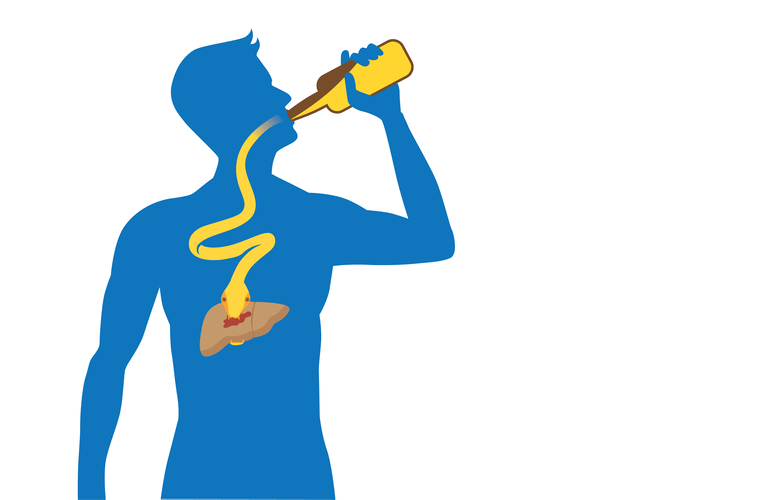He says a tag is both an identifying marker and art, expression and identity. To those who practice it, it can become an obsession. “I‘m sharing my perspective, through the faith lens, and through the trials and experiences of the life I’ve had,” he said. Since then, graffiti has been a constant in his life, from the rock-bottom lows of drug addiction to his eventual salvation.
Innovative Approaches

On the contrary, art therapy allows for more abstract forms of communication. This tactic involves the manifestation of elements of the subconscious, for which there is no willingness or ability to be voiced. Expressive art therapy is an effective and complementary approach to substance abuse treatment.
Humanistic Therapy: Unlocking Your Clients’ True Potential
- I came up with this art therapy directive while working with a parent who was stuck in a pattern of self-defeating thoughts and behaviors.
- Rather than feel conflicted when wanting to turn to a substance, you can instead turn to your preferred art form and express yourself.
- In fact, a study from 2010 showed that distraction can be an effective means of coping with difficult circumstances.
- If you are intrigued by the possibility of relaxation through your artistic imagination, then this list of 100 art therapy exercises is just for you.
- She ultimately stepped back into her parent role, surrounded by a supportive community.
An expert panel review demonstrated that this format can effectively support skill learning, especially for clients who struggle with the standard format of DBT skills training. Additionally, mental health clinicians found the program easily adaptable across populations in both individual and group settings. DBT has now been integrated with other expressive art therapies, including drama and music. Art therapists Karin von Daler and Lori Schwanbeck (2014) were instrumental in this expansion when they developed Creative Mindfulness, an approach to therapy integrating various expressive arts therapies with DBT. Creative Mindfulness “suggests a way of working therapeutically that is as containing and structured as DBT and as creative, embodied, and multi-sensory as expressive arts” (p. 235). These clinicians incorporated improvisation into their work, a tool that can be simultaneously playful, experiential, and grounding, ultimately producing substantial new insights for clients.

Download 3 Free Positive CBT Tools Pack (PDF)
- In addition to helping clients explore recognized and subconscious feelings and issues, art therapy is also used to help build clients’ self-esteem and mental health.
- You could also have your client craft their own box out of cardstock or cardboard, too.
- For this activity, you will need drawing pencils, ink pens, felt pens, colored pencils, pastels, chalks, crayons, acrylic and/or water paints, and brushes.
Despite the connection between coloring and stress reduction, experts do not consider it art therapy. Art therapy is not restricted to any age group, and works well for children, teenagers, adults, couples, families, and single individuals. Art therapy can occur in hospitals, schools, wellness centers or physical rehabilitation centers, substance abuse rehabilitation centers, and correctional facilities.
For example, if you have the urge to reduce stress by returning to drinking alcohol, this is where art therapy can become involved. At your next opportunity, you could illustrate how you felt when you wanted to drink, as well as any emotions or concerns you had at that moment. Art can also help those who feel tied down or unsure of who https://centraltribune.com/top-5-advantages-of-staying-in-a-sober-living-house/ they are. Many people with SUD experience denial, and many who complete treatment are unsure regarding the work they need to do to maintain recovery. However, art can be reflective of who you are as a person. If you notice your drawings contain imagery of darkness and loneliness, this may help you realize how you feel about yourself.
Art Therapy for Addiction: Benefits, Techniques, How to Find a Therapist
- From now on, thoughts of love, not pain, live inside you.
- Stick the envelope onto a large sheet of A3 paper.
- At the crossroads art therapy ideas.
Through art making, participants can explore these complex concepts. Art therapy can also help with the common co-occurring mental health disorders that people struggling with addiction face such as depression and PTSD. Art therapy, which is overseen by a trained therapist, is an effective therapeutic technique. This form of therapy has the Top 5 Advantages of Staying in a Sober Living House potential to positively impact the creator’s well-being by alleviating and improving mental, emotional and physical challenges. Creating art is especially effective for individuals dealing with mental disorders as well as drug and alcohol addictions. For example, let’s say you had a painful experience during your time using substances.
Individualized, evidence based treatment, to fit your needs.
For this activity, each participant will need access to a digital camera of some sort. A mobile phone camera is more than adequate. Access to nature in either a garden or park is also preferable (Atkins & Snyder, 2017), as it’s much easier to slow down in nature than in a busy urban setting. This activity is again suitable for individuals or a group and involves slowing down through mindfully looking at photos to relieve stress through appreciation.
Further processing can provide more clarification on how the client can solve their problem based on where they are along the bridge. Clients start by dividing a piece of paper into three sections. This version of the bridge drawing technique comes from the Handbook of Art Therapy, from the section on clinical application with adults. In the chapter on using art in counseling, Gladding and Newsome (2007) describe a solution-focused bridge drawing. Feelings and associations related to the pain can get jammed up, repressed, or acted out/expressed in less than desirable ways. Once your client has finished, run through some open-ended processing questions to explore their meaning.
Exploring the concept of “containment” through art can help clients uncover things that are being contained. It can also help them contain things that may feel overwhelming or out of control through visual and/or tactile means. Containment activities provide a way for clients to protect, preserve, and honor those parts of themselves that feel vulnerable. This straightforward art activity provides an excellent metaphor for your adult clients to work through any number of issues. You can explore past trauma, current boundaries, life stuckness, and even check in on the therapeutic relationship.